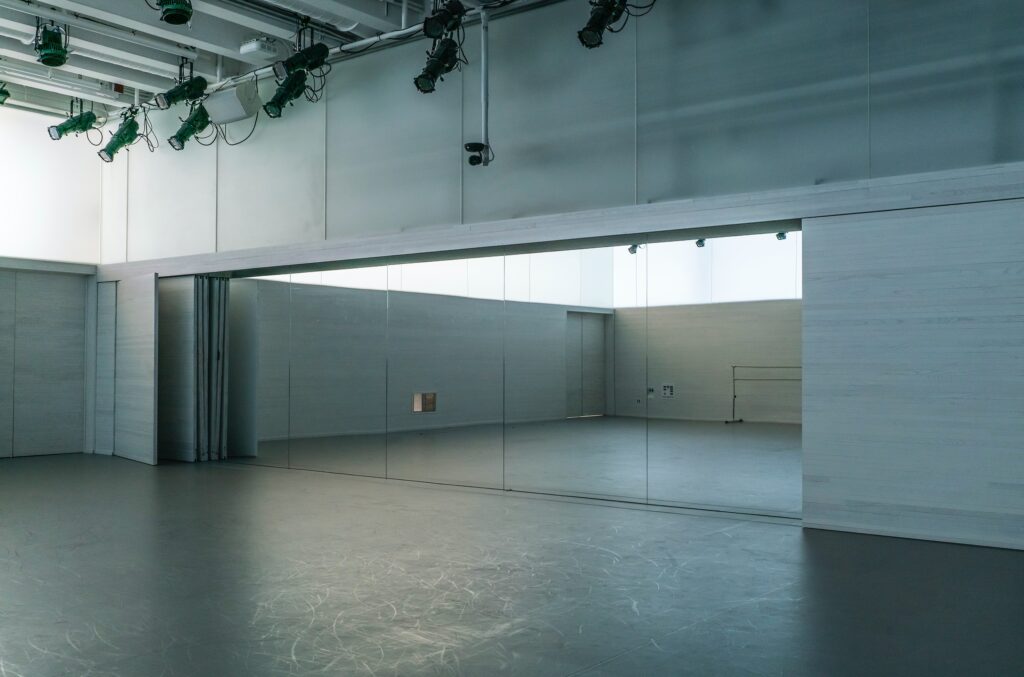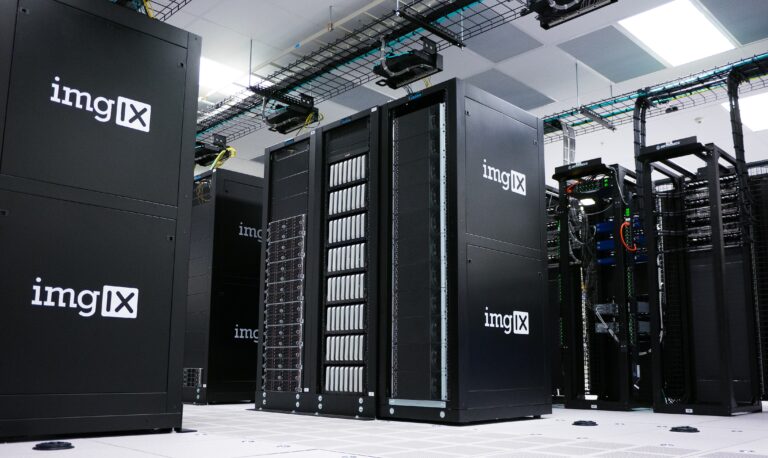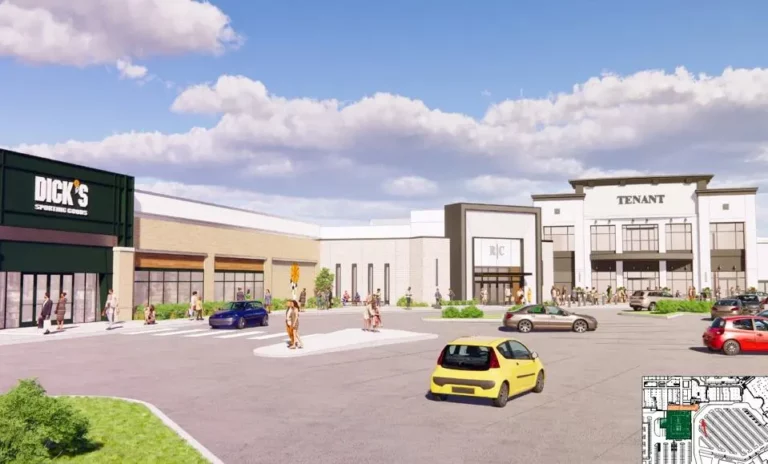It’s mostly in the suburbs for now, and it includes even top-shelf office space when the numbers make sense
By the numbers, it’s understandable: More owners of office buildings that aren’t cutting it in these hybrid times are converting their properties, and industrial is becoming a popular option.
In a report earlier this year, brokerage Newmark (NMRK) found that 15.2 million square feet of offices nationwide had been converted to industrial use, a 33.7 percent increase in just two years. And, at the end of 2022, the firm found that the U.S. vacancy average for industrial properties was 3.8 percent, versus 18 percent for office properties.
“The trend of redeveloping office product into industrial warehouse product continues to grow,” said Elizabeth Berthelette, a Newmark research director and co-author of a 2021 company study updated last year. “We’ve certainly seen new projects come to light in the years (since) the analysis.”
One example is the plan by Kearny Real Estate and Dune Real Estate Partners to demolish an Orange County, Calif., office campus, despite spending millions recently to renovate it, to build a 163,000-square-foot logistics center.
The Newmark study found that a majority of the 15.2 million square feet was new construction of buildings designed for storage, built in the wake of teardowns of office stock, according to Berthelette. There was a minority of conversions that involved a repurposing of buildings that had been offices, she said.

“In general, (converting to) industrial tends to be a lower per-square-foot cost than residential,” she said, “given that there are all those added bathrooms and other components. Industrial, for lack of a better term, is a giant box.”
For commercial real estate, it’s the reversal of a trend that dominated the 1990s and the early 21st century: conversion of old, seemingly obsolete industrial buildings into offices to house mainly cutting-edge technology and creative TAMI industries (technology, advertising, media and information). In New York, the former Port Authority building on Eighth Avenue in Manhattan’s Chelsea neighborhood and the Starrett-Lehigh building on West 26th Street near the Hudson River, both vast industrial storage buildings, were repositioned and now house Google and a variety of creative companies, including Ralph Lauren.
“Office is a much more costly commercial real estate use to produce,” said Emil Malizia, a professor for regional and city planning at the University of North Carolina at Chapel Hill. “For industrial, you need a slab and a tilt-up. Pretty simple construction, especially compared to office, where you have much more elaborate materials and finishes and all that.”
And it’s not just warehouses. A company based in Salt Lake City called Neighbor Storage, which aims to find self-storage options for individuals, a market heretofore served by companies that run their own self-storage campuses, has found a market for storage in surplus commercial real estate, including offices. A company that was started to help folks rent out unused space in their garages found itself dealing with commercial landlords with surplus storefronts and empty office floors.
“That’s increasingly becoming an important channel for us, and was really for the last three years for us, since the pandemic began,” said Neighbor Storage CEO and co-founder Joseph Woodbury. “We started to see office vacancies climb. In some cities you’re seeing 50 percent vacancy rates in office. It’s a real threat to cities to have these ghost towns, a real threat to lenders. This is an area where we think we can be helpful.”
In some cases, office landlords have been resistant, Woodbury said, believing that tenants will eventually return. But “three years in, they’re now realizing it’s permanent,” that many tenants are not coming back, or at least not coming back with the same footprints. “[A]nd a lot of these buildings are underwater,” Woodbury said, noting the debt the properties carry and their need for income.
Office-to-industrial conversions had until recently been largely a suburban phenomenon, since suburban office buildings tend to be low-slung and surrounded by parking lots, making it easier to get in and out, and the floors lend themselves better for storage. But now urban landlords are beginning to think that the lowest floors, which offer little in the way of views and were hardest to rent even under the best of circumstances, might be best monetized by renting them out for storage.
“We have customers in towns with less than 5,000 people renting space today from their neighbor,” said Woodbury. “And we also have people renting space in some of the biggest high-rise office buildings in the country.”
The conversion of offices to industrial use has close ancestors. Malizia said he had heard at a conference in Seattle about the conversion of offices into venues for urban agriculture: the growing of edible plants indoors instead of in fields on farms. “I thought that was pretty cool,” he said. He noted that for a long time industrial properties contained flexible offices so that managers who ran the warehouses had a place to go. There is also the ongoing trend of converting offices into life sciences labs.
“Ownership is trying to figure out ‘What can we do to attract a tenant?’ ” Malizia said. “Industrial is one that should come to mind early in the thinking process, given how strong that market’s been.”
It just makes fiscal sense, according to Newmark’s Berthelette. It can be less costly to prepare a property to receive storage items than to make it comfortable for humans.
For Ben Koenig, industrial and logistics practice area leader for Gensler, the largest U.S. architecture firm per a 2022 survey by Architectural Record, there are a lot of hidden costs that make industrial conversion more costly and complicated than it might seem at first blush. For one thing, floors often have to be made to bear much heavier loads, and a building might need more and heavier-duty elevators. For another, there are often zoning issues, since city and town officials view industrial buildings far differently than office buildings. Then there are also community concerns, since industrial buildings tend to be serviced by noisy trucks, which might trouble residential neighbors.
In an urban setting, the most viable office-to-industrial conversions are offices that started their lives as industrial buildings, and may have been converted to offices back when that was all the rage, Koenig said. In Manhattan, he mentioned the Starrett-Lehigh Building as a good candidate, as well as some buildings in the Garment District as well as over on the old Automotive Row on 11th Avenue.
“In industrial, they usually want really high ceiling heights and good column spacing,” said Koenig, whose firm has done both office-to-residential and office-to-industrial conversions. “Light manufacturing might be more willing to coexist in the same building.”
Urban locations do present more problems, Berthelette agreed.
“With those types of uses, you need a lot of heavy power, you need heavy floor loads,” she said. “You could have an infill location, but a redevelopment to a distribution center would be less likely in an urban setting.”
“If the users are very, very last-mile, and are delivering in a very specific location, it could probably work,” Berthelette said. “I do however wonder about traffic and a high-
intensity use, how that would work out in an urban location.”
Others say there is no momentum behind office-to-industrial conversions, at least compared with other post-COVID trends in commercial real estate such as office-to-
residential. Jessica Morin, director of U.S. office research for brokerage CBRE (CBRE), found in a late 2022 study that of the 477 office conversion projects it tracked nationwide since 2016, only 17 were to industrial uses and only one of those was in a downtown area.
“We believe more office conversions are on the horizon,” Morin said in an email, “particularly office to multifamily and life science, and not necessarily to industrial. However, the high cost of construction, high interest rates and tight lending will push project timelines. I also believe we will see more interest in projects if we see more public-private initiatives that help incentivize, subsidize, and remove barriers to converting buildings. Cities are already having these discussions.”
There’s also reason to believe that demand for industrial space is slowing. Rising interest rates and inflation are eating into demand for bulk industrial space (spaces of 100,000 square feet or larger), according to a late May report by Colliers, another brokerage, which tracked a 47 percent decline in demand nationwide at the end of the first quarter, compared to the end of 2022.
“Despite a decline in overall bulk space activity, this is only in comparison to the exceptional performance of the past two years,” Colliers wrote in the report. (Indeed, industrial boomed as an asset class in the pandemic, fueled by a rise in e-commerce.)
Suburban conversions make the most sense, Gensler’s Koenig said.
“Especially if you want to start over, it’s a no-brainer,” he said.
Originally written by DAVID M. LEVITT for the Commercial Observer on June 20, 2023.


![Top 10 Emerging Multifamily Markets [Colorado Springs, CO Makes the List]](https://www.laidesigngroup.com/wp-content/uploads/2023/09/simi-iluyomade-MLbnzuPaKVk-unsplash-768x509.jpg)

